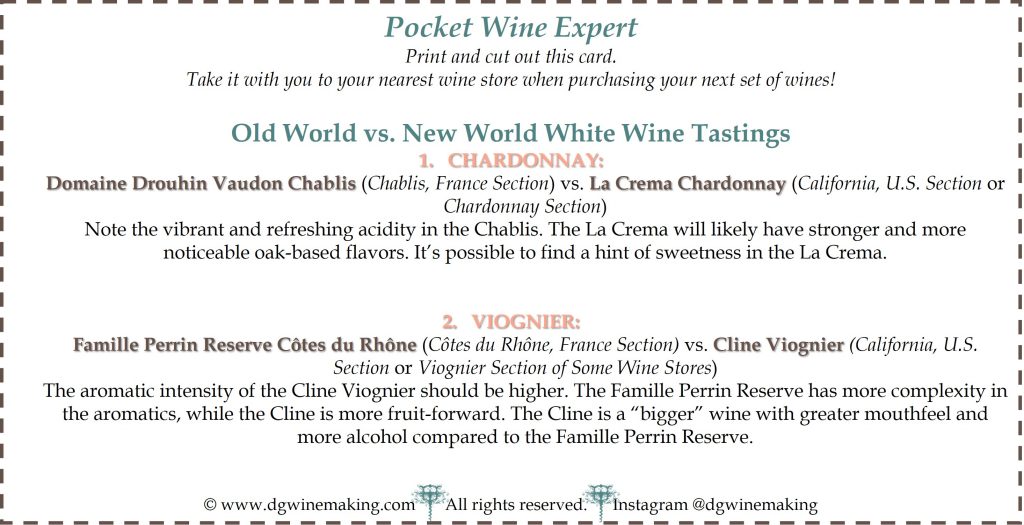The White Wine Edition
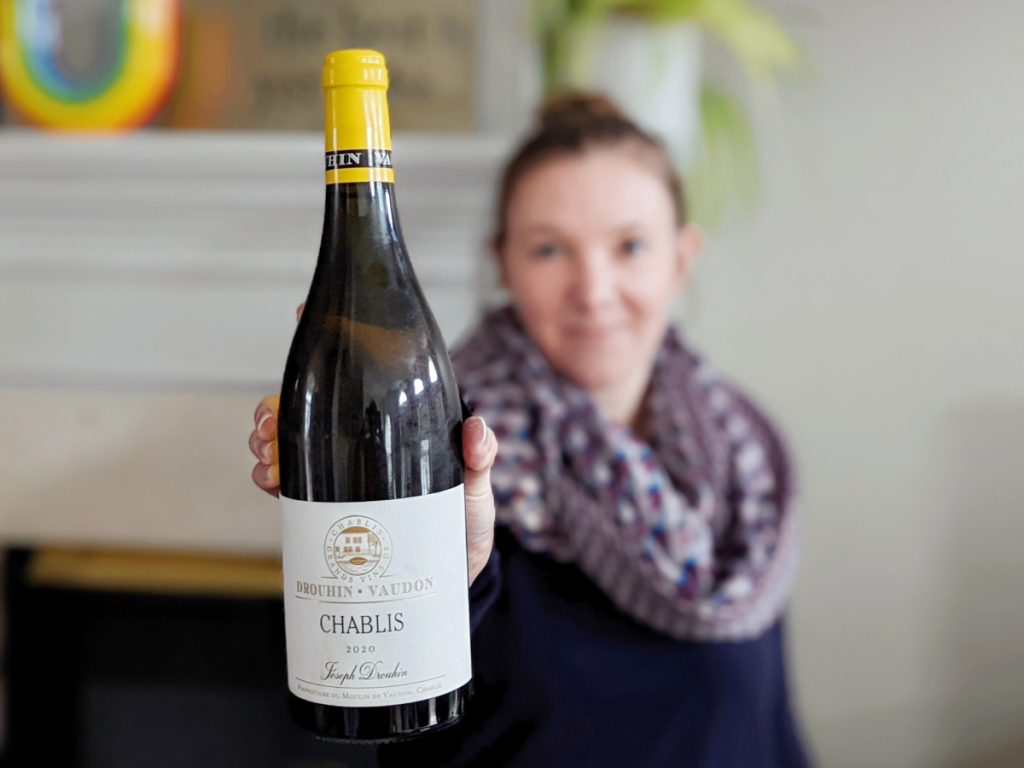
Photo by: Denise M. Gardner
Many wine lovers often know wines by their varietal names: “Cabernet Sauvignon,” “Chardonnay,” “Pinot Grigio,” “Pinot Noir,” etcetera.
But what takes a little more understanding and exploration is how the region the grapes are grown in influence the taste of that variety. Furthermore, winemaking practices used to make the wine can also influence the taste and flavor of that variety.
This is where Old World and New World wine style classifications get introduced.
What are Old World and New World wine classifications?
Old World and New World differentiation is often one of the first ways a wine tasting expert will begin to deduce what a wine is and where it is from if they do not know anything about the wine they are tasting.
Old World wine style is often associated with wines produced in European countries like France, Italy, and Spain. These countries have provided the foundation of wine production for hundreds of years. Thus, many of the practices to both grow and make the wines are outlined by regulatory agencies in that country.
Wines produced in an Old World style generally contain the following characteristics:
- Lower alcohol (≤13.5% ABV)
- Higher acidity (taste more sour)
- Greater sensory emphasis on complexity
- Wine production is based on tradition
- The wine is often regionally designated on the label
In contrast, New World style wines are typically produced in newer, younger, emerging wine regions like the United States, New Zealand, and Australia.
Wines from these countries contain the following commonalities:
- Higher alcohol (≥13%)
- Lower acidity (taste less sour)
- Greater sensory emphasis on fruit forward components (and sometimes oak or bouquet flavors)
- Wine production is based on science and technology
- The wine is often designated by grape variety on the label
Whether a wine is considered Old World style or New World style does not make the wine good or bad. It simply indicates growing and winemaking differences that then correlate into sensory differences for a given wine grape variety. This is why a Cabernet Sauvignon produced in California can taste so very different from a Cabernet Sauvignon produced in France.
The difference between these two styles of wine is illustrated in the figure, below. On this image, I have provided the Old World and New World styles on a spectrum, anchoring the typical characteristics associated with each style at each ends of the spectrum. Within that spectrum, I have noted where very large wine regions (a country or region within a country) generally seem to fall on that spectrum. Note that these are generalities and exceptions to these generalities can be found in every region. Nonetheless, I find that imagining this spectrum provides a starting point for wine lovers to not only identify which style of wines they generally turn to, but also provides an indication for exploring new wine regions that produce similar styles of wine.
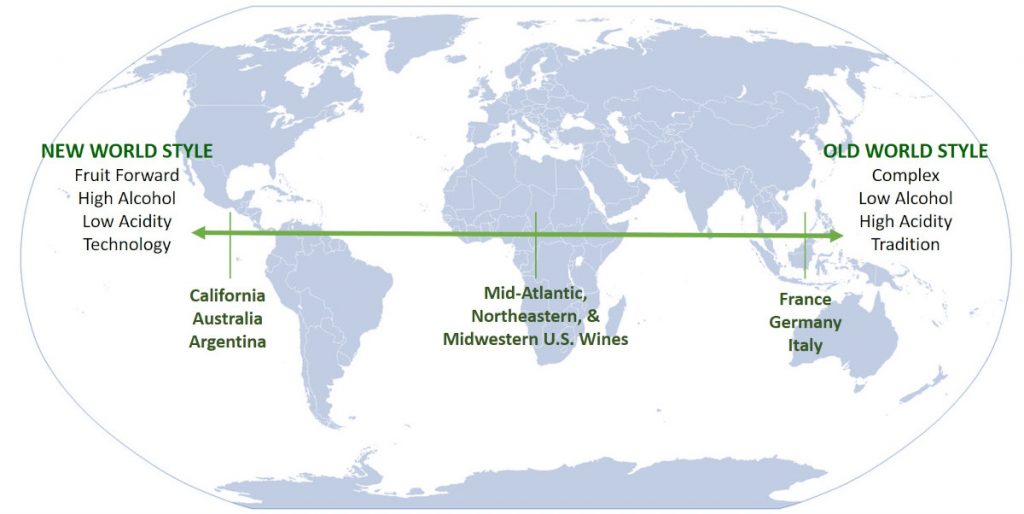
With these generalities aside, it’s important to note that almost all wine regions of the world can now find examples of both style within them.
For example, the emergence of Super Tuscans from Italy are distinguishable in their taste profile, categorizing those wines as “New World style.”
Another great example is how many smaller or more specific wine regions within the United States (think regions within the states of Colorado, Texas, Virginia, New York, etc.) fall somewhere on the Old World – New World Spectrum, lending attributes to both sides of the spectrum. A Cabernet Sauvignon from Pennsylvania, for example, tends to contain fruitier flavors than wines of a similar variety produced in France, but is generally less fruity than a Cabernet Sauvignon produced from California. Nonetheless, the way the wine was made falls on the New World style portion of the spectrum, but with sensory (taste and flavor) characteristics that lean towards an Old World style.
The takeaway from this point is that there are exceptions to all of these general classifications of wine.
Determine Your Old World – New World Preference
If you are new to the concept of Old World or New World wine styles, then this may be a fun place to expand your wine loving horizons. Many wine grape varieties are grown in both Old World and New World regions. This means that with a little exploration, you can taste Old World – New World wine comparisons!
If this sounds fun to you, great! For this white wine edition, I’ve included two different tastings that you can use to explore or identify where your preferences lie. Details on each tasting pair are provided, below.
Setting Up the Side-by-Side Tastings
For this evaluation, I’ve provided you with actual brands for each of the varieties or styles of wine. However, if you want to get creative, you can always pick other brands from within each region, which is provided in parentheses behind the brand name.
Make sure you chill the wines to the same temperature prior to serving.
To set up your tasting:
- Glass size and shape should be the same for both wines.
- The volume poured into each glass should be the same.
- Label or mark the glasses so you do not get confused. You can always use a little masking tape and write the name of the wine on the glass base.
- Taste the Old World wine style first.
I’ve listed the Old World style wine first in each tasting, so start there and then taste the New World style. While it’s fine to go back-and-forth between the two wines, note how the taste of each changes due to the influence of the previous wine.
And most importantly, have fun exploring.
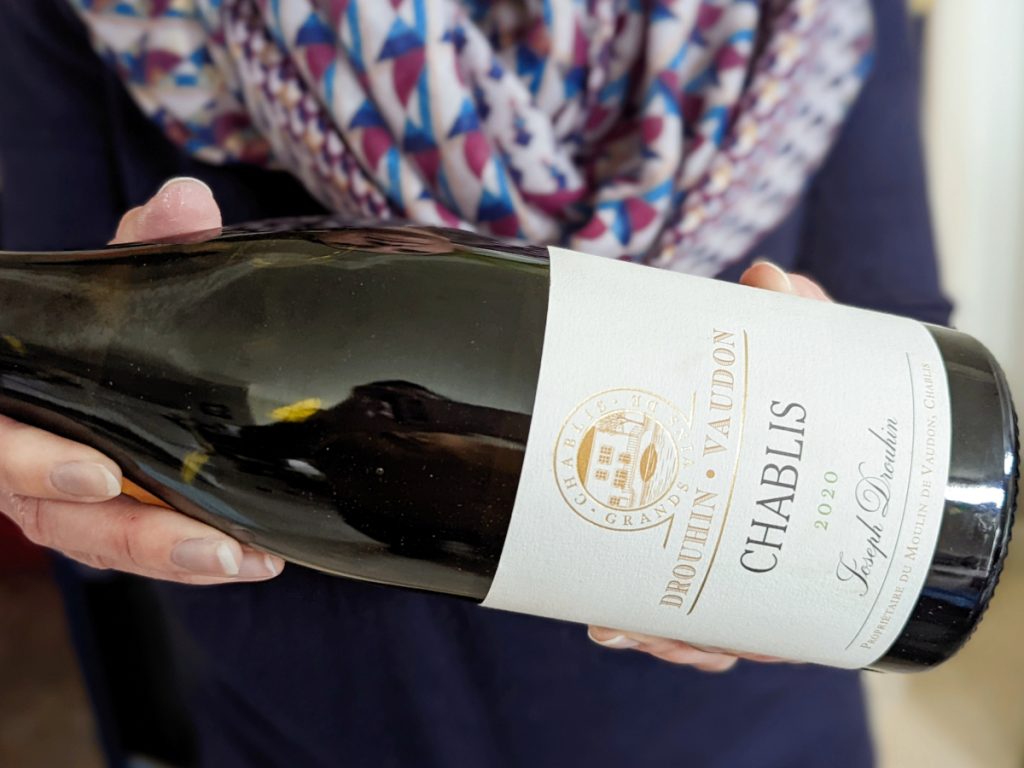
Photo by: Denise M. Gardner
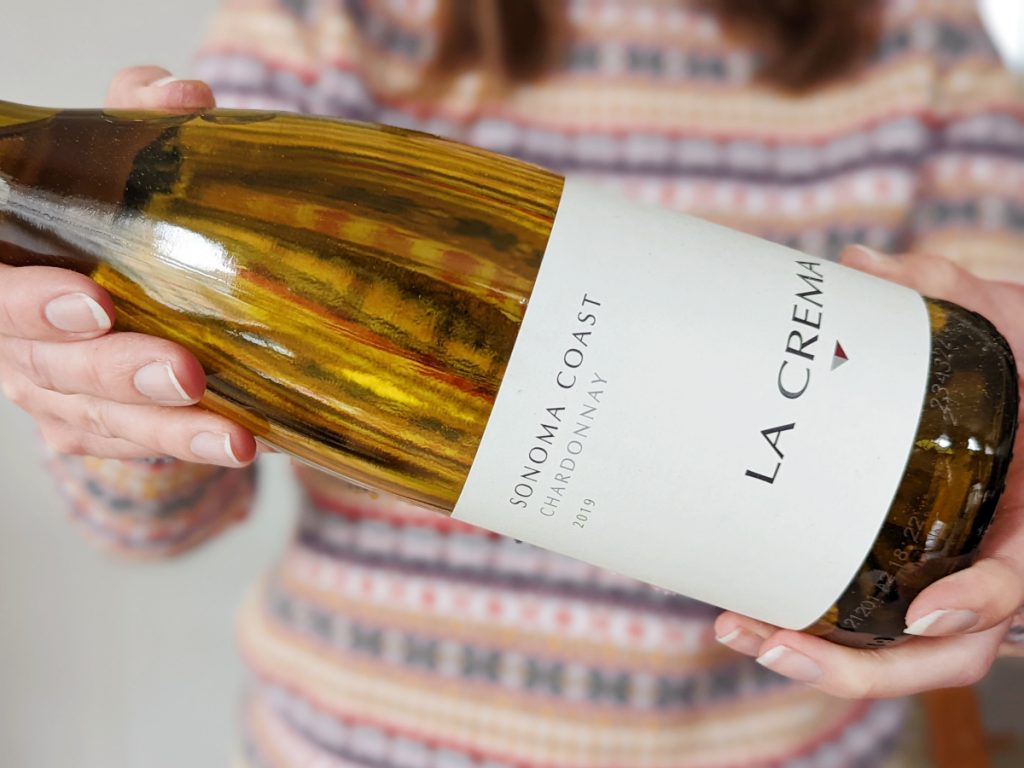
Photo by: Denise M. Gardner
CHARDONNAY
Domaine Drouhin Vaudon (Chablis, France) vs. La Crema Chardonnay (California, U.S.)
The Chardonnay wine grape variety is the easiest place to look for Old World and New World wine style differences. In fact, most New World styles of Chardonnay are likely what you think of when you think of a Chardonnay wine. The New World style is much less sour than the Old World style, and New World styles are often much, much oakier with stronger vanilla, butterscotch, and toasty oak flavors.
In contrast, the Old World style has a more vibrant acidity and greater focus on the flavors that are generated from the wine grape variety. These wines contain less oak flavors, if any oak flavors at all. Finally, true to tradition, it’s difficult to find the term “Chardonnay” listed on an Old World style of wine. The one selected for this taste comparison is a “Chablis” (how to say “Chablis”), which is a region in France that produces Chardonnay wines.
What should you “look” for in this tasting? The primary differences to note:
- The Chablis has vibrant, refreshing acidity. It will taste more sour to you than the La Crema.
- The La Crema Chardonnay has much more intense oak-based aromas and flavors.
- It’s possible the La Crema Chardonnay may come across with a slight sweetness in the finish.
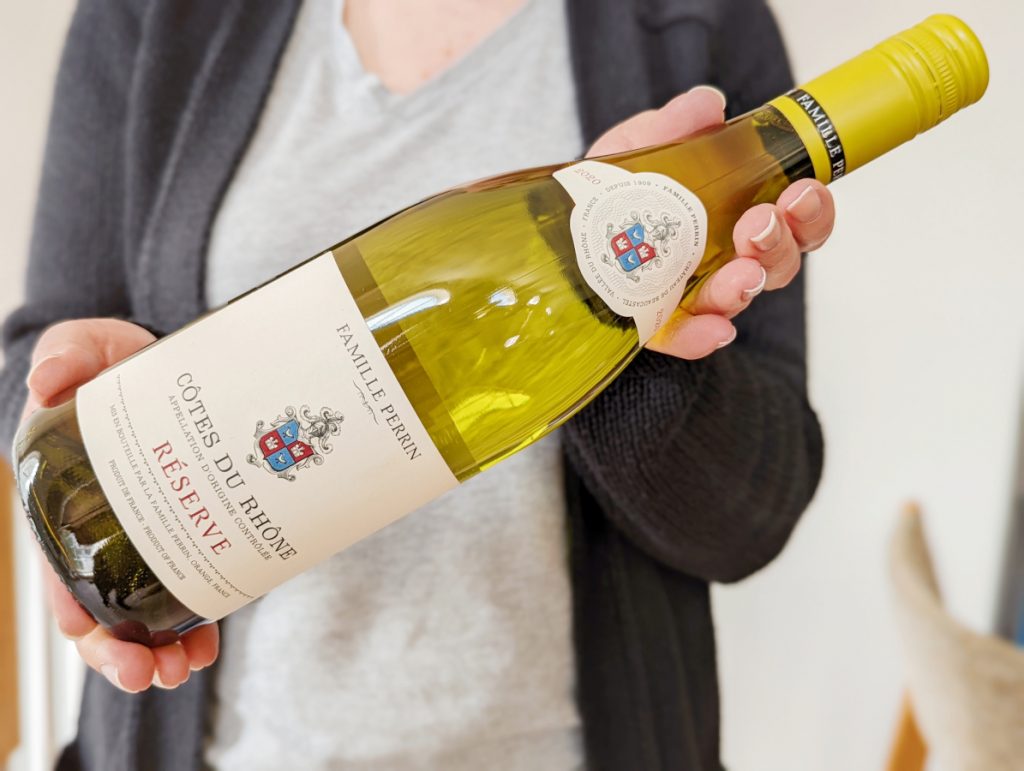
Photo by: Denise M. Gardner
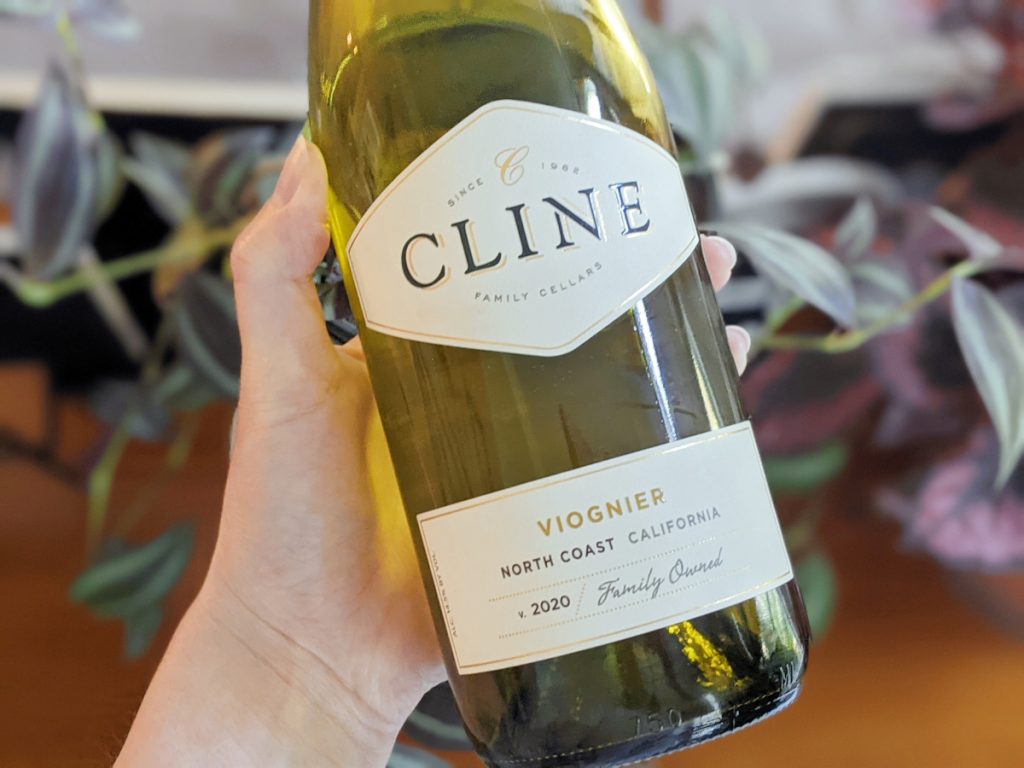
Photo by: Denise M. Gardner
VIOGNIER
Famille Perrin Reserve (Côtes du Rhône, France) vs. Cline Viognier (California, U.S.)
For this side-by-side tasting, there is one big difference in the makeup of the wines themselves. Viognier is a white wine grape variety, and many wineries within the U.S. produce “Viognier” varietal wines in which all, or a large majority of the blend, is the Viognier wine grape. In contrast, the Côtes du Rhône region of France often uses several white wine grape varieties within their blend, but Viognier is often the stand-out white wine grape variety for this region. In the example, below, three wine grape varieties are used in the blend in addition to the Viognier wine grape: Grenache Blanc, Marsanne, and Roussane.
With those details aside, it’s really fun to see some pretty big differences between these two wines.
What should you “look” for in this tasting? The primary differences to note:
- The Côtes du Rhône wine has less aromatic intensity than the Cline. The aromatics are still powerful in the Côtes du Rhône, but they lean more towards “complex,” encompassing both fruity and floral aromas and flavors.
- In fact, the Cline has a much stronger fruity aroma and flavor. I often get a strong “peach” flavor from this wine.
- The Cline appears to be a bigger wine. It feels bigger in the mouth (on the palate), especially with a much higher alcohol.
